|
Book Review: The Perfect Pair, Book II: The Mirror Cracks. By David C. Holroyd and Tracy J. Holroyd. 2014, Matador Press.
Excuse me, I need to calm down. I’ve just finished reading David and Tracy Holroyd’s non-fiction novel The Mirror Cracks, the middle volume of their trilogy The Perfect Pair, and I was startled to be reading pages from my own life. Of course, I’ve had some astonishing, almost unbelievable experiences, but that’s the point. Your opinion may vary, but you’ll be entranced by this story. The books recount one young man’s involvement with the English dolphin enslavement industry in the 1970’s, when small oceanariums were springing up all over the land, when anyone could become a dolphin trainer (and did), but before the U.S. Marine Mammal Protection Act made dolphin lives expensive, or public opinion in the U.K. made the sorry business illegal. (Would my country showed such compassion, but with the current administration I’m not holding my breath. I’m a writer, not a sperm whale!) Book I, The Enchanted Mirror (reviewed earlier on this news blog) introduced us to “David Capello,” the show name of a man once known as the greatest dolphin trainer in England for having a “perfect pair,” two dolphins who could perform in synchronization. He found them in the first dolphins he met, Duchess and Herb’e, and something more: Capello realized the dolphins could get into his mind and respond to his thoughts. He claims to have trained them telepathically, and before you jump to a conclusion that he’s bullshitting the reader, I’ve had similar things happen to me. So have other people. This type of experience, which almost drove me crazy, is real. And if you’re skeptical, I don’t blame you, so was I! The “enchanted mirror” of the title refers to the glittering reflections on the water surface of Capello’s dolphin training facility, improbably located in an English mining town (all names of places and humans have been changed, the authors say, but not the actual names of the dolphins, as Capello wanted to honor them). Book I introduced us to Capello, a common sort of lad thinking about joining the family sign-painting business when the allure of dolphins beckoned in a classified ad. He responded, and due to a combination of hard work, talent, and sometimes sheer luck (not to mention other people getting fired), Capello soon found himself the lead trainer ¬– and then the only trainer ¬– for the three dolphin shows owned by the vast, unnamed entertainment conglomerate he worked for. His boss, a corporate sycophant named Backhouse, keeps telling Capello “Anyone with a whistle and a bucket of fish can be a trainer,” thus disparaging not only all Capello’s hard work but his dolphins’ too! Once all the dolphins were trained, Backhouse said, the show could be run by “presenters,” who work for less. Worse yet, Capello’s charges (he thinks of them as his dolphins) have to swim in a cesspool half the time because the filter in their pool isn’t up to the task. Dumping the water is a costly corporate no-no, but when his dolphins’ skins start peeling, Capello does what he has to, muttering “Screw the establishment!” while he pulls the plug. In spite of this, at the end of Book I things were going swimmingly for Capello, his perfect pair and another pair of unlikely performing dolphins. Then Bonnie and Clyde were shipped in, to board at Capello’s pool until their new oceanarium was completed. They were the imperfect pair, two show veterans who already knew where all the humans’ buttons are and how to push them. Capello is able to win Bonnie over, but Clyde is a serious problem. He seems to be receiving his trainer’s mental commands, but not responding to them, and he radiates a cold contempt for show business. During one memorable performance, Capello throws out several rings, which the dolphins are supposed to fetch on their snouts. Clyde, instead, elects to use his penis. The arrival of this pair doesn’t so much change things as it marks a stress point in Capello’s career. He finds his telepathic method effective with his dolphins, but the concentration required leaves him exhausted. Dealing with Backhouse and the bureaucracy he represents is so frustrating that Capello turns to valium, which affects his connection, as he calls it, with Duchess and Herb’e. And while his staff are being whittled down, he’s constantly being called to do more with less, and put out fires at other oceanariums, with trainers far less talented than he. When David is ordered to send his backup team to another pool, he snaps. They are Baby, a talented juvenile, and Scouse, a dolphin accidentally blinded by bashing his head on this plywood shipping crate. Fuming with rage, he does it, only to find Scouse still mentally calling him from 100 miles away! This so closely resembles my own experience with my dolphin lover that I freaked out when I read it. I’m sure other dolphin trainers have felt this, but no-one other than Capello has had the courage to write frankly about it! Slowly, Capello’s little empire begins to crumble, and he is forced to acknowledge that the dolphins he’s trained with his own sweat and tears aren’t his. The realization seems to break him, but as one of the characters in Book I told him, “Dolphinariums don’t just break dolphins, they break people too.” A woman presenter is attracted to him, but he’s too busy to give her the attention she deserves. And then the seemingly inevitable happens: Duchess, his favorite dolphin, starts courting him! Being a normal sort of guy, Capello doesn’t fall for this the way I did, but he finds it startling. Fortunately for him, he’s able to thwart her advances. The final scenes find Capello struggling with prescription drug addiction, hating his unfeeling manager, and more dolphins arriving to winter-over at the already crowded training facility. He rallies, only to hear that Scouse has quit working, and nobody can get him to perform… Capello has become indispensable, but the Company doesn’t realize it, and his request for a raise is turned down. The only thing keeping him working is his devotion to his perfect pair. He cannot abandon them to a cold, hard world run by bean-counters, where the dolphins he loves are merely replaceable pawns in a vast game of riches. Throughout this story, the Holroyds keep you turning pages. Their writing is tight and concise, but also supple and emotional. Capello’s thoughts and feelings are expressed clearly, and so are those of his performers. “The Perfect Pair” trilogy should be REQUIRED READING for anyone even daydreaming about becoming a marine animal trainer. The heartbreak and hard work of this career are made palpable here, more so than the joys and excitement that marked Book I. By the end of The Mirror Cracks, Capello, resurrected, has become a tougher, shrewder personality, and so have his dolphins. Stay tuned for Book III, Shards from the Mirror. The truth will prevail!
0 Comments
Your comment will be posted after it is approved.
Leave a Reply. |
David c holroyd & tracy j holroydArchives
March 2023
Categories |
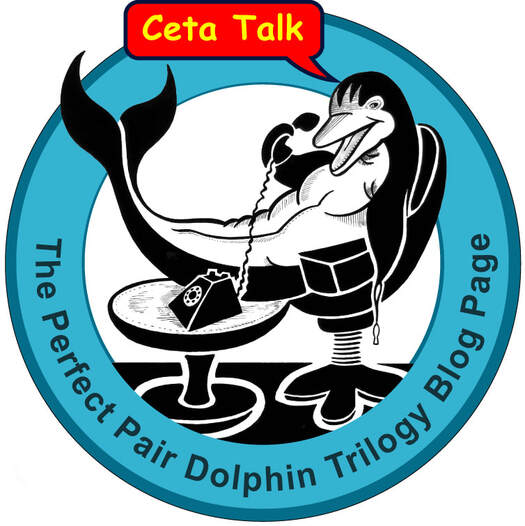
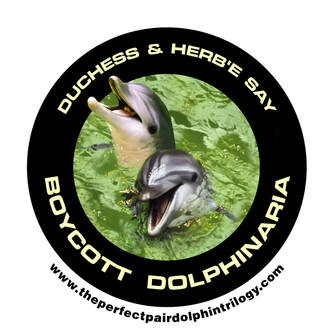


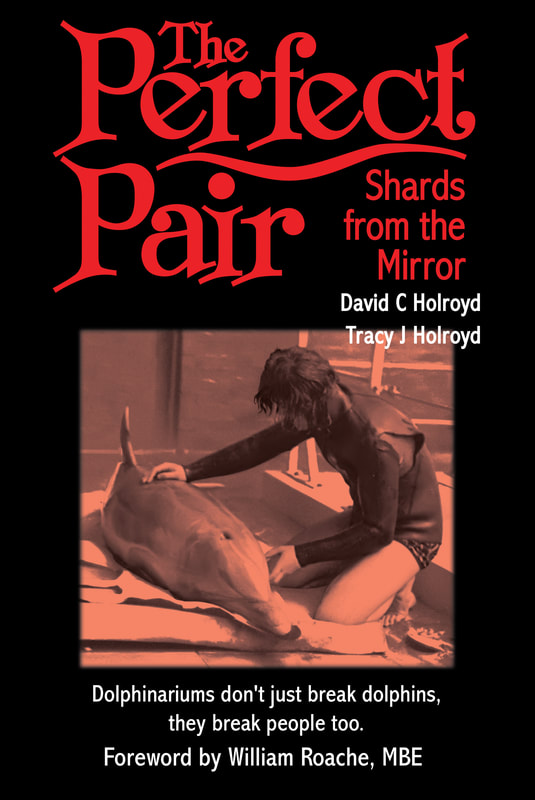

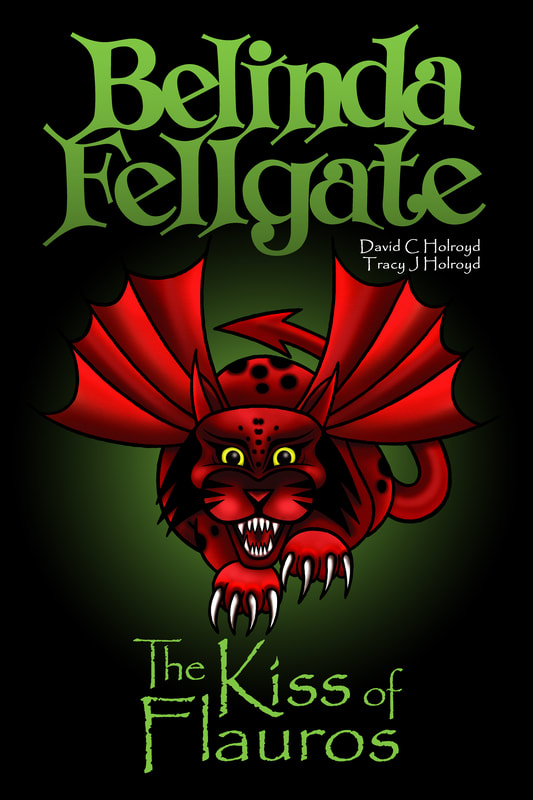
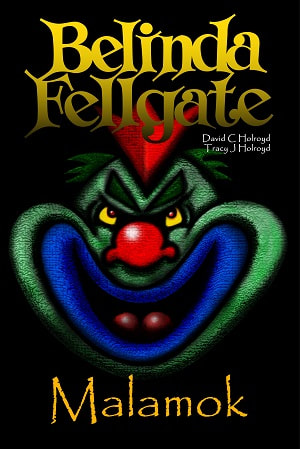
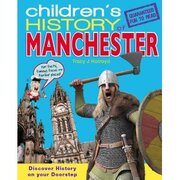

 RSS Feed
RSS Feed